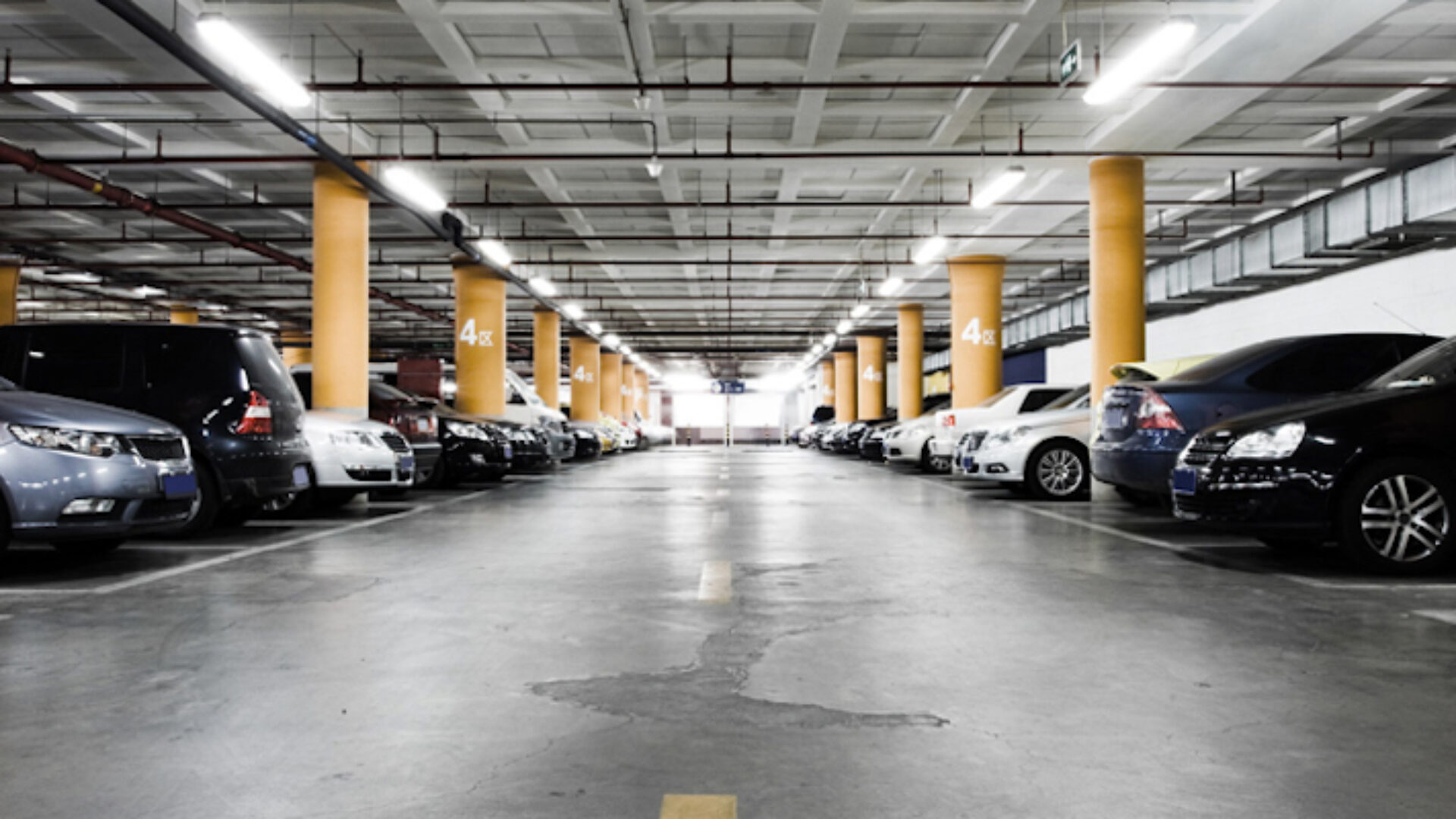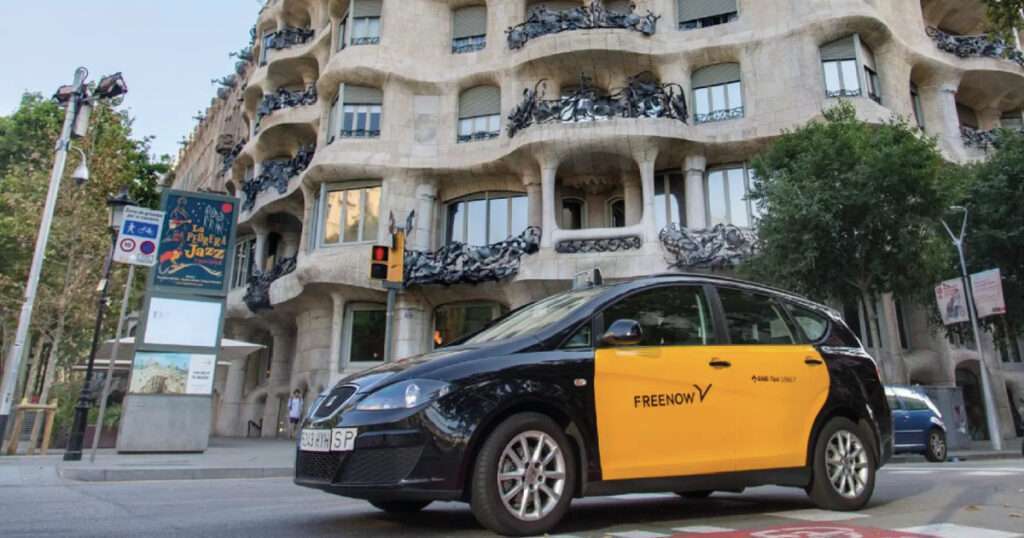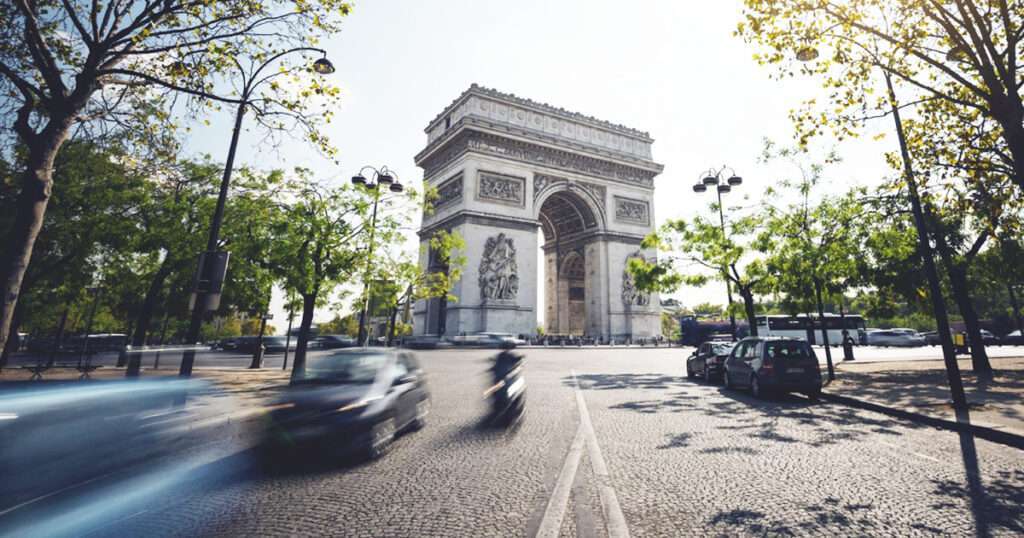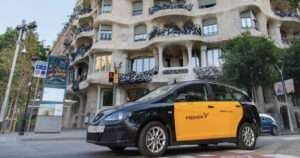Which of you hasn’t been annoyed behind the wheel of a car, turning around looking for a parking space in town? According to an IBM study, 66% of people have avoided going downtown because of parking problems. A real issue for many large cities, it is estimated today that the search for a place would cause no less than 30% of urban congestion. In order to meet these new challenges, more and more cities are turning to intelligent parking systems. Zoom on this revolution of parking 4.0 …
Parking, the motorists’ pet peeve
30 minutes ! Here is the number to remember ! According to a survey realized in 2017 by Harris Interactive for Ector, a valet parking service, the French would lose an average of 30 minutes a week to park. A time equivalent to more than a day a year or 2 months and a half, over a lifetime. Knowing that 30% even estimate spending almost one hour per week. In addition to this loss of time, there is also noise and pollution. Indeed, it is estimated today that one vehicle out of 3 in the city is looking for a parking space, causing 60% of urban pollution. Knowing that the car remains the preferred mode of transportation today, cities have no choice but to make their parking spaces more accessible. And this, without going through the construction phase. That is where smart parking is emerging.

Parking 4.0 & IoT, the new leverage of the Smart City
From the arrival of parking meters to the deployment of signage, parking in the city has undergone many changes. Today, the trend is towards intelligent parking. Parking solutions based in particular on IoT (Internet of Things). Indeed, more and more roads are equipped with sensors allowing the user to receive information such as the quantity and location of free spaces. Other systems also handle fee exceeding, license plate reading, or payment via a mobile application. Between 2019 and 2028, it is estimated that the number of intelligent parking spaces will triple. This will result in real time savings for the driver, almost halving the time spent searching for parking. Benefits are also seen in terms of the environment, with 30% less urban pollution.
Santandar, the pioneer in intelligent parking
With its 180,000 inhabitants, the Spanish coastal city is today a model to follow in terms of connected cities and IoT. Garbage cans, streetlights, sidewalks, streets, buses, parking lots connected, … More than 20,000 sensors have been installed. Retained by the European Commission in 2010, the capital city of Cantabria became the theater of the “Smart Santander” project. No less than 400 sensors have been installed underground for street parking. Sensors registering nearly 13,500 reports of occupied spaces per day. Information is then sent back to the 10 LED signs installed in the city or directly to the city’s mobile application.





